The botanical name of this plant is Theobroma cacao. In Greek, Theo means “god” and broma “food,” so the botanical name means “god food” or “food of the gods.” In Spanish the name derives from the Mayan kakaw which itself is derived from the Nahautl word cacahuatl. In this instance the Spanish sounded out the Mayan word and came up with cocoa or cacao.
The cocoa bean is not actually a nut since its source is a pod shaped fruit. As the cocoa pod has anywhere from thirty to forty beans per pod, they are seeds not nuts as a nut is a single seed within a fruit. A pound of chocolate takes three hundred to six hundred beans depending on the size of the beans. The cocoa plant was given its botanical name by Carl Linnaeus, a Swedish botanist, in his seminal work Systema Naturae. The work was published in the mid-1700s. It is interesting that Linnaeus named it “food of the gods” at a time when it was virtually unknown in Europe.
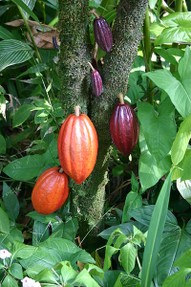 Cocoa trees must be grown within 20° north or south of the equator. This area is typically known as the “tropical belt.” Since it’s exportation out of the Americas the cocoa tree is grown, for profit, in the Ivory Coast, Ghana, Indonesia, Nigeria, Brazil, Cameroon, Ecuador, Dominican Republic, New Guinea, and Malaysia. The Ivory Coast produces as much cocoa as the next six countries combined.
Cocoa trees must be grown within 20° north or south of the equator. This area is typically known as the “tropical belt.” Since it’s exportation out of the Americas the cocoa tree is grown, for profit, in the Ivory Coast, Ghana, Indonesia, Nigeria, Brazil, Cameroon, Ecuador, Dominican Republic, New Guinea, and Malaysia. The Ivory Coast produces as much cocoa as the next six countries combined.
It takes roughly three years from planting for a cocoa tree to bear fruit. The tree will bear fruit for approximately fifty years. The berries grow from the trunk rather than branches. They are six to twelve inches long and three to five inches in circumference. This is a year-round crop, with no set growing season. The cocoa pods are harvested individually and ripeness is determined by color. Harvesters must take care to cut the pod from the tree at the stem without nicking either the tree or pod. Once harvested, the pods are opened and the beans and pulp scooped out. Beans are then cured for about three days (called fermenting) and then sun dried for another four. At the end of that week they are then ready for roasting.


 Cocoa trees must be grown within 20° north or south of the equator. This area is typically known as the “tropical belt.” Since it’s exportation out of the Americas the cocoa tree is grown, for profit, in the Ivory Coast, Ghana, Indonesia, Nigeria, Brazil, Cameroon, Ecuador, Dominican Republic, New Guinea, and Malaysia. The Ivory Coast produces as much cocoa as the next six countries combined.
Cocoa trees must be grown within 20° north or south of the equator. This area is typically known as the “tropical belt.” Since it’s exportation out of the Americas the cocoa tree is grown, for profit, in the Ivory Coast, Ghana, Indonesia, Nigeria, Brazil, Cameroon, Ecuador, Dominican Republic, New Guinea, and Malaysia. The Ivory Coast produces as much cocoa as the next six countries combined.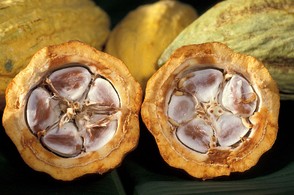
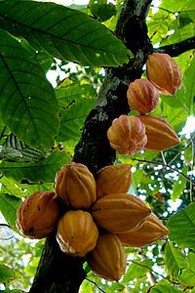



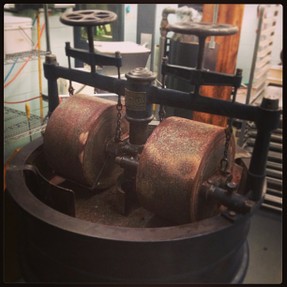 In 1879, in
In 1879, in 
 Chocolate from cocoa is a machine intensive process. It requires many steps and very carefully controlled conditions and timing to produce the smooth creamy chocolate we expect today. Cocoa has come long way from the hand-made drink of Moctezuma.
Chocolate from cocoa is a machine intensive process. It requires many steps and very carefully controlled conditions and timing to produce the smooth creamy chocolate we expect today. Cocoa has come long way from the hand-made drink of Moctezuma.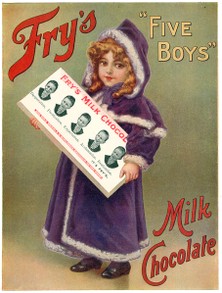
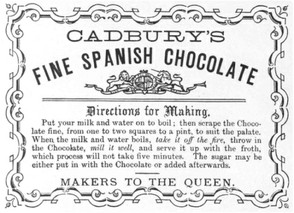
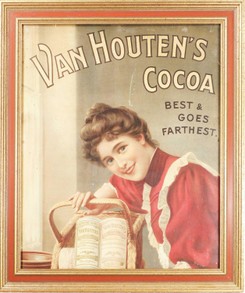
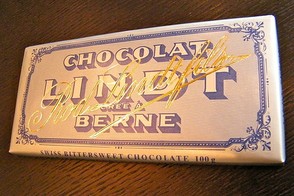
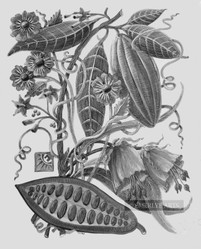

 Crêpes and Crêpe Disheson 09/14/2016
Crêpes and Crêpe Disheson 09/14/2016
 About Me - Liam Beanon 11/28/2014
About Me - Liam Beanon 11/28/2014
 About Ebolaon 11/08/2014
About Ebolaon 11/08/2014

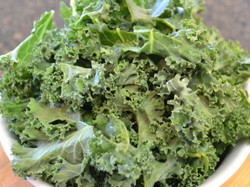
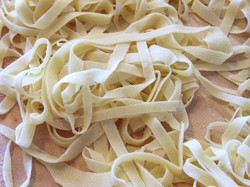
Comments
Such an interesting bean, cocoa is a healthy additive
LOL. I hear you!
Very interesting! Now I'm craving a Hershey's bar.
'